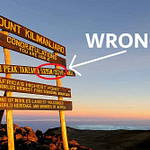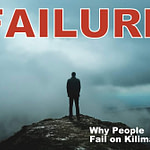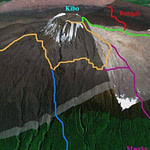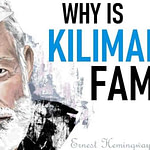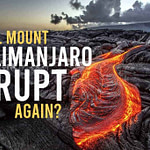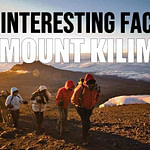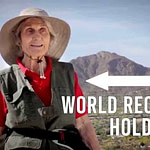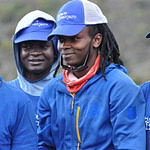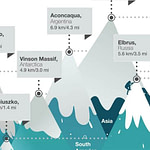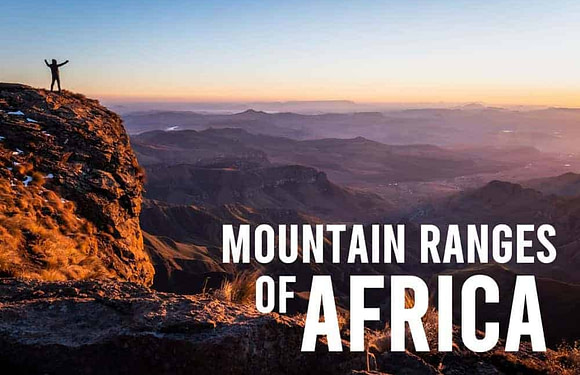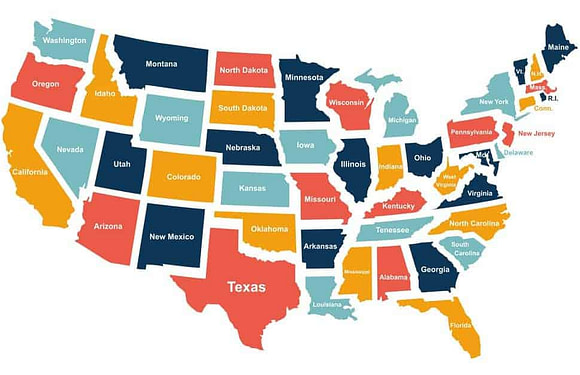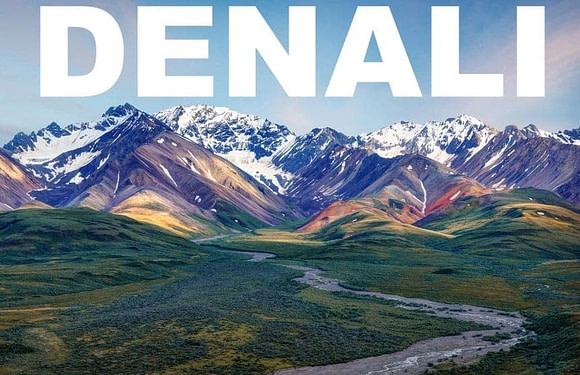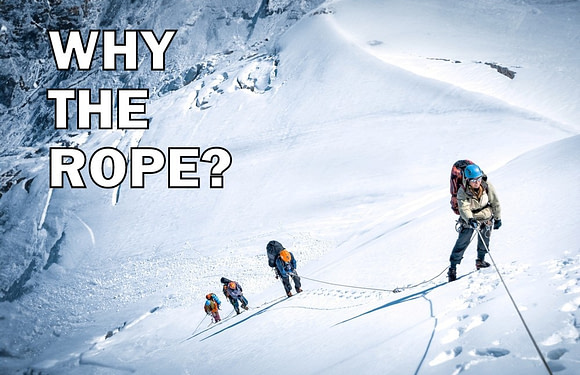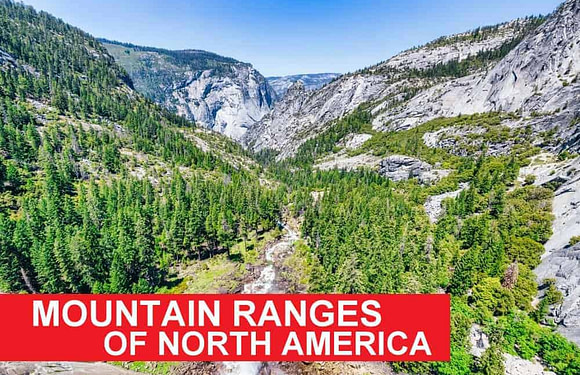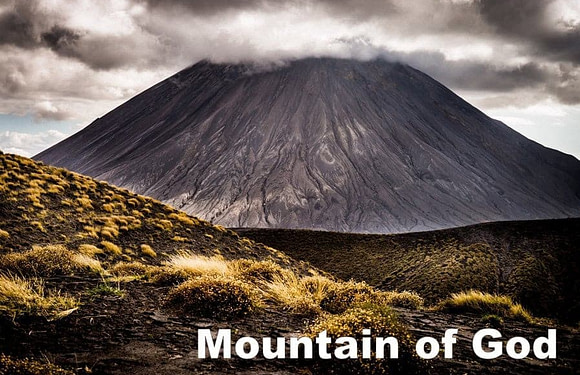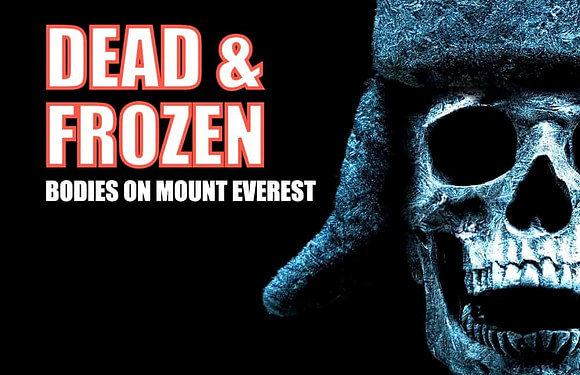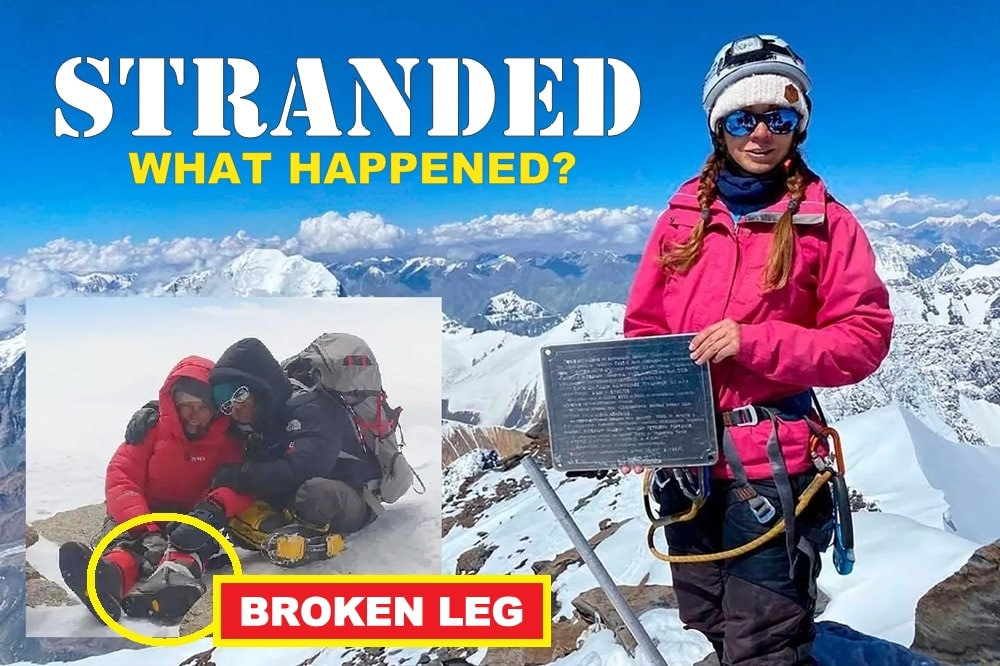
Natalia Nagovitsyna was a Russian mountaineer who died after becoming stranded on Victory Peak, one of the deadliest mountains on Earth.
Victory Peak, also known as Jengish Chokusu or Pobeda, is the highest mountain in the Tien Shan range at 24,406 ft (7,439 m). It straddles the border of Kyrgyzstan and China. The peak is infamous for its difficulty. Soviet climbers nicknamed it the “Man-Eater” due to its brutal storms, long exposed ridges, and high fatality rate.
Accident on Victory Peak
Natalia was part of an independent team of four: herself, Russian climber Roman Mokrinsky, Italian climber Luca Sinigaglia, and German climber Günter Sigmund. Ak‑Sai Travel organized the logistics, including permits and base camp support.
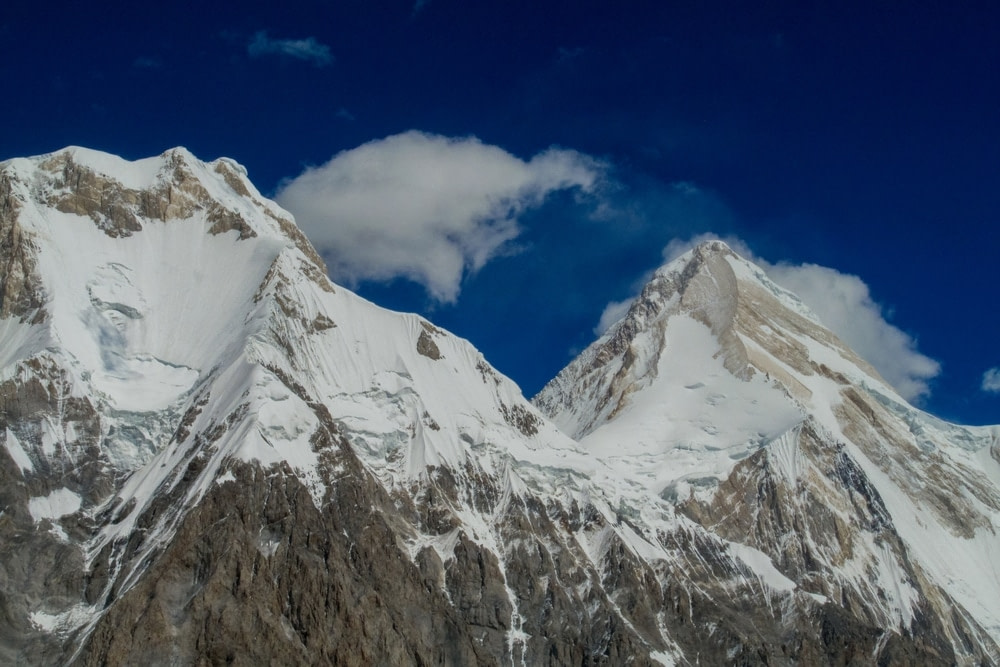
In the early morning hours of August 12, 2025, the team attempted to summit Victory Peak from Camp 3, at 21,300 ft (6,500 m). During the push, Luca lost one of his mittens in the dark and turned around. Gunter moved faster and summited ahead of the others. Natalia and Roman continued their ascent as the weather deteriorated and made it to the top of Victory Peak.
During their descent, at about 23,500 ft (7,150 m), Natalia fell and broke her leg. It is rumored that Natalia’s leg was already compromised before the expedition (two months before her climb, she allegedly sustained a double fracture). She was immobile on a dangerous section of the mountain, with steep, icy terrain. Roman descended to seek help.
Failed Rescue Attempts
The next morning, Roman arrived at Camp 3 and told Luca and Günter about the situation. Luca and Günter gathered supplies (tent, sleeping bag, mat, clothes, food, water, and gas burners) and brought them to Natalia. These supplies gave her a chance to endure more days, but they were not enough for long-term survival.
Importantly, the team only had one radio, which remained with Luca and Günter. Natalia was left isolated without any means of communication.
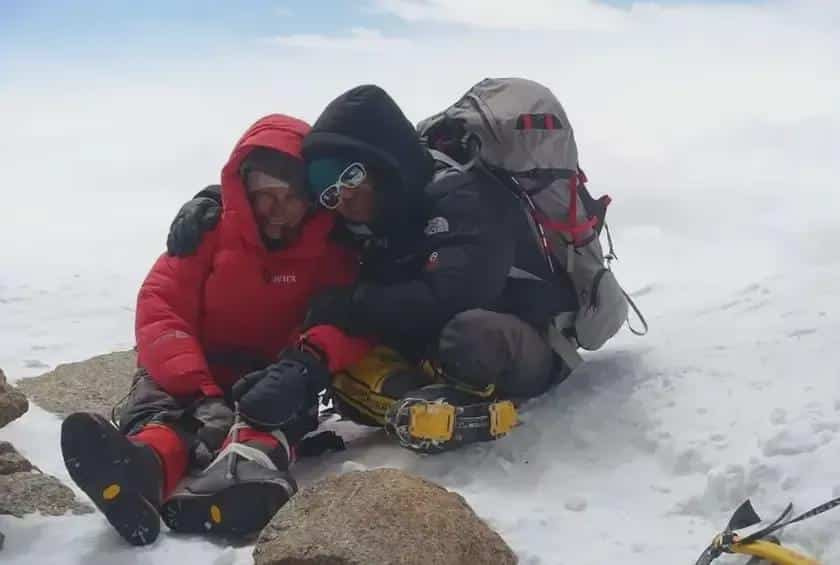
While descending, Luca began showing signs of distress. According to Günter, he grew increasingly slow and disoriented. The symptoms were consistent with High Altitude Cerebral Edema (HACE) – confusion, impaired coordination, and rapid physical decline. At roughly 22,600 ft (6,900 m), they came across an ice cave, which offered minimal shelter. Luca collapsed inside the cave and died. Günter continued the descent alone.
On August 14, 2025, Kyrgyz military helicopters tried to reach her. However, helicopter rescues on mountains like Victory Peak are almost impossible. Standard rescue helicopters cannot maneuver safely above 20,000 ft (6,000 m) due to the thin air. Natalia was at about 23,300 ft (7,100 m), far above the ceiling where most helicopters can operate. Furthermore, the weather consisted of high winds and heavy snow. One Mi-8 suffered a hard landing that injured crew, and a Mi-17 turned back in poor visibility.
“We know where she is. But it’s impossible to get there,” said Dmitry Grekov, base camp manager.
Over the next several days, the weather worsened. On August 19, 2025, a drone overflies her position and confirmed she was still alive (see drone video below).
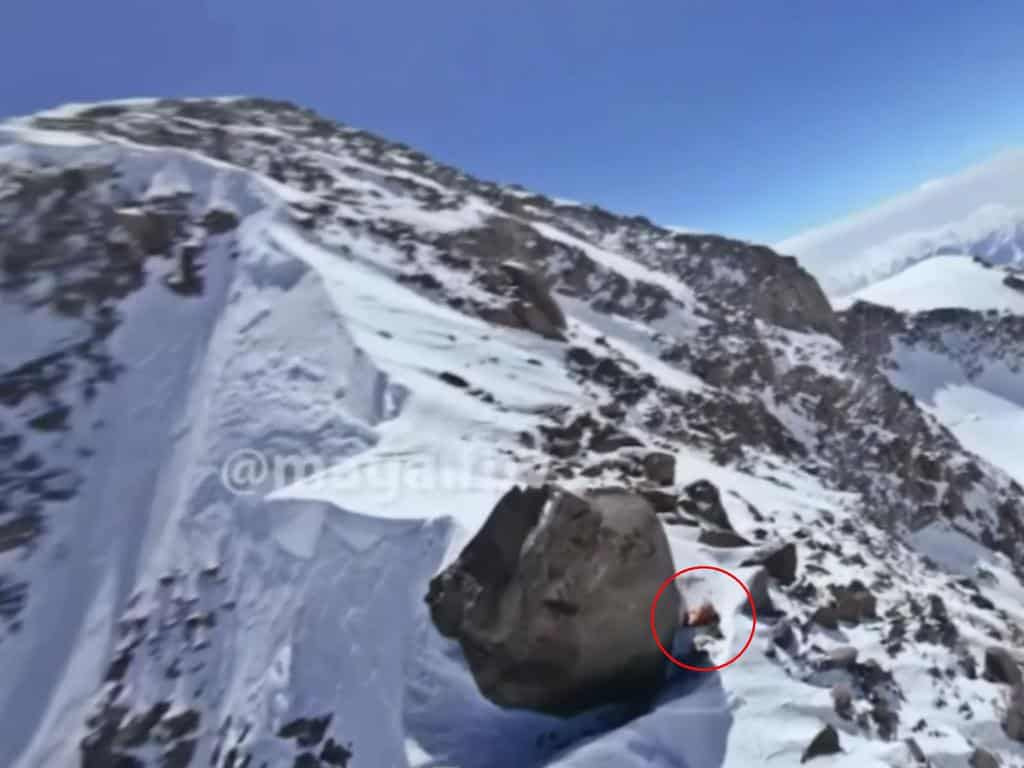
By August 20-21, 2025, conditions deteriorated further. Winds reached hurricane force and temperatures dropped to –20°F (–29°C). Authorities then suspended all further rescue operations.
“The rescue mission on Mount Pobeda was officially brought to an end,” reported a Russian mountaineering portal.
By August 24-25, 2025, drones detected no further signs of life.
On August 26, 2025, Kyrgyz authorities declared Natalia dead after 14 days stranded high on the ridge. Her body remains on the mountain, to be recovered when conditions allow.
2021 Incident at Khan Tengri
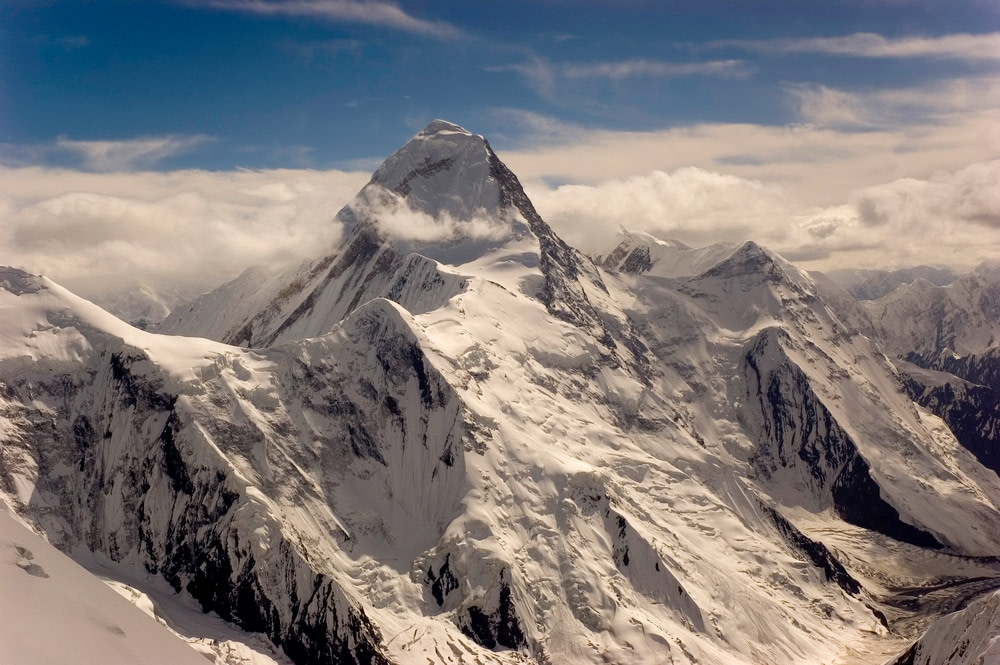
In 2021, Natalia and her husband Sergei Nagovitsyn climbed Khan Tengri (22,999 ft / 7,010 m), Central Asia’s second-highest peak. At around 22,000 ft (6,700 m), Sergei suffered a fatal stroke. Natalia remained with him as he deteriorated and died in her arms, despite warnings from other climbers to leave him. Luca Sinigaglia, who happened to be on the mountain at the same time, helped Natalia down after Sergei’s death. From that experience they forged a bond that lasted until their final climb together.
Luca and Natalia stayed in touch over the following years, meeting on climbs around the world. Luca’s family said he would never have left her behind, especially given what they had survived together on Khan Tengri. His decision to help Natalia on Victory Peak, which caused his own death, reflected his heroism and loyalty.
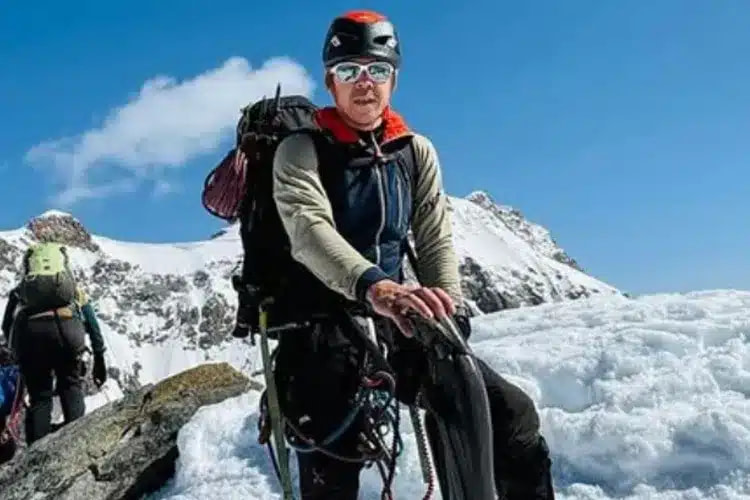
May he rest in peace.
Natalia’s Mountaineering Resume
Born in Russa on August 20, 1978, Natalia worked in tourism-related roles before transitioning to mountaineering around 2016.
Natalia was a seasoned, high-altitude mountaineer. She participated in over 30 ascents of various mountains. She tackled multiple peak assaults in one of the world’s toughest mountain ranges and was on the cusp of earning the Snow Leopard Award. The award is given to climbers who summit the five great 7,000-meter peaks of Central Asia.
- Lenin Peak (23,406 ft / 7,134 m)
- Khan Tengri (22,999 ft / 7,010 m)
- Korzhenevskaya Peak (23,310 ft / 7,105 m)
- Communism Peak (Ismoil Somoni Peak) (24,590 ft / 7,495 m)
- Victory Peak (Jengish Chokusu or Pobeda) (24,406 ft / 7,439 m)
The Snow Leopard Award is one of the most demanding goals in high-altitude climbing. Very few women have attempted, let alone nearly completed, the full set of peaks. Natalia had already climbed four; only Victory Peak remained.
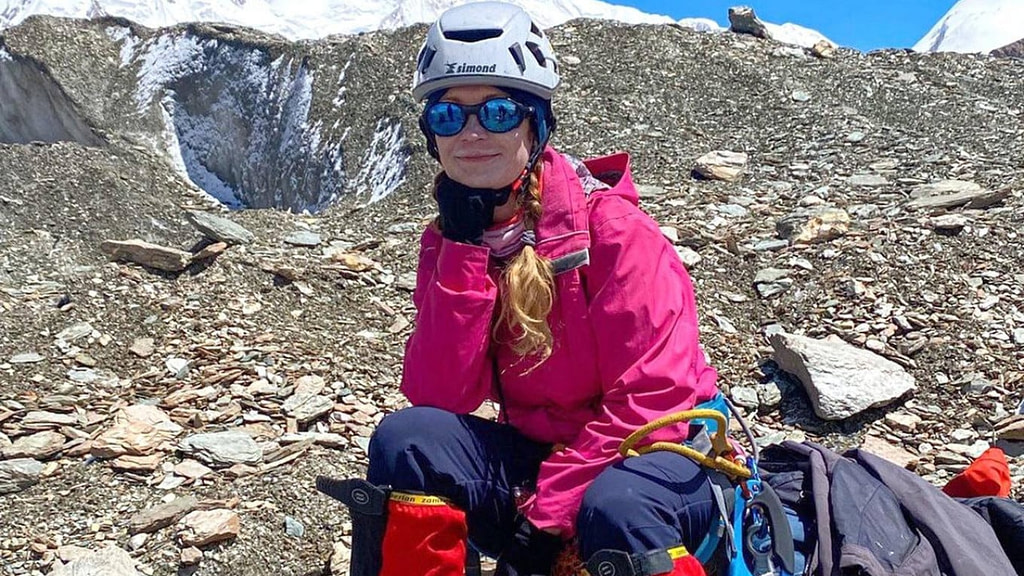
Natalia spoke plainly about risk. She once said, “I am not afraid to die,” but feared the agony of becoming disabled, because that would stop her from climbing. She faced storms, frost, and loss with resolute clarity. She climbed anyway. And in her final days, she showed every ounce of that strength.
Natalia was 48 years old at the time of her death. Her birthday passed while she was stranded on the peak.
May she rest in peace.







